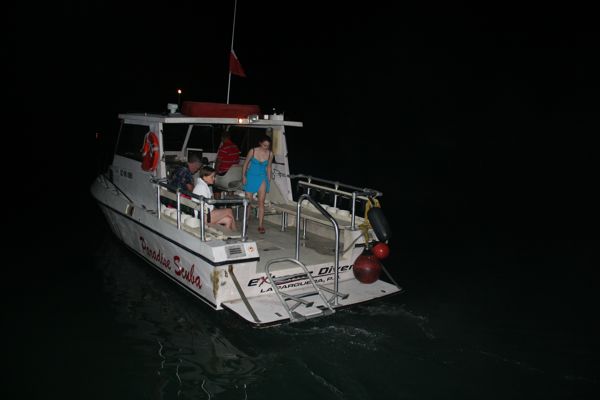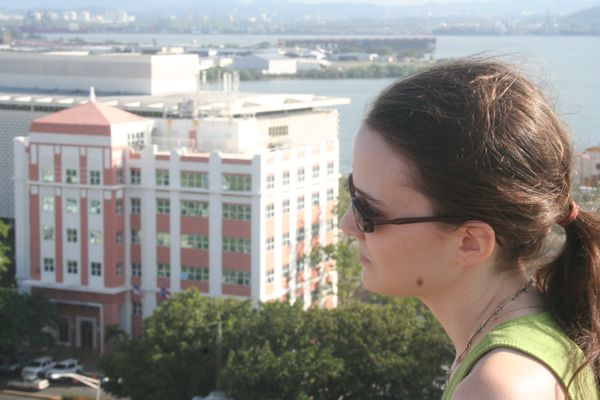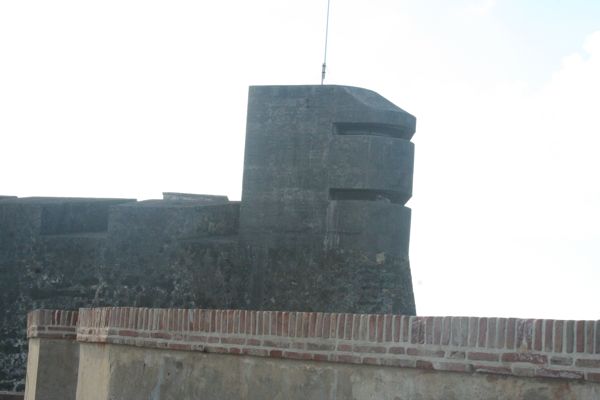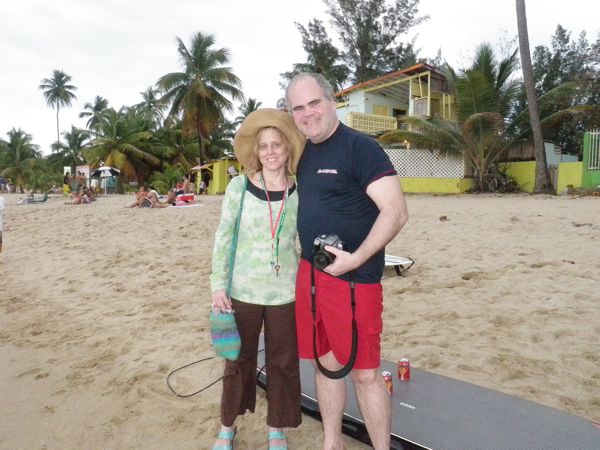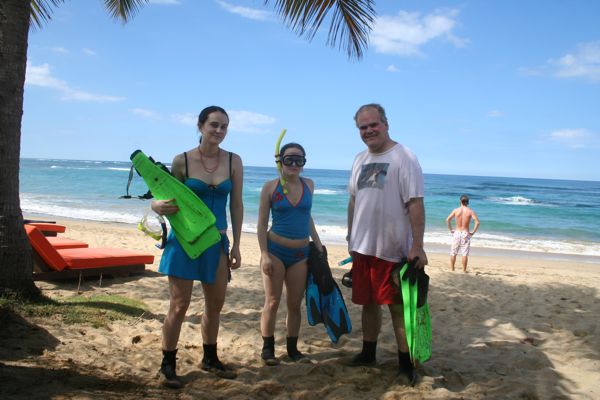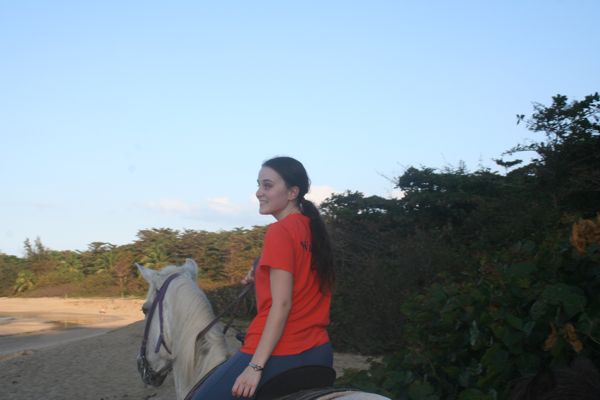The show’s over now. Â Time to reflect on the experience.
First off, being back on stage again was marvelous. Â Over the five performances, we had around 400 people seeing the show, and I loved every minute of every performance. Â And I loved the audiences as well, especially the woman sitting in the second row during the Sunday matinee who smiled through the whole show and the guy on Saturday night who gave us a standing ovation. Â Taking a curtain call was everything I remembered it to be and it was a joy to have the pride-of-place, the last actor to take a solo bow.
One thing that surprised me was that I had absolutely no stage fright. Â Back in the day I would always feel a bit nervous before stepping out on stage. Â Nothing that stopped me, mind you, but definite butterflies in the stomach. Â This time around I didn’t feel a bit nervous. Â Excited, energized, and wired, to be sure, but not nervous. Â I’m not entirely sure why that was: I’ll have to give it some thought.
And the positive review by the Washington Post gave me great joy. Â (It’s here if you’re not one of the many to whom I sent it.) Â I particularly enjoyed reading that “Joe Dzikiewicz shows formidable dramatic chops” – for days after if I started to feel a bit low, all I had to do was think “formidable dramatic chops.” Â It sure beats the three words used to describe me the last time I was reviewed: “Moronic facial expressions.” Â (Okay, so that was a complement – I was playing a simple comic character. Â Still “formidable dramatic chops” beats “moronic facial expressions” any way you look at it.)
Taken altogether, I’m sure I won’t let another 25 years go past without going on stage again. Â I had an absolutely marvelous time in every aspect of putting on this show, the rehearsals, the performances, puzzling through my character motivations, and mostly getting to know the other actors and the crew.
And therein lies the rub.
After all of that, coming back to earth again is a bit of a disappointment. Â There is a hole where the show was, I cannot deny it. Â I miss the adrenaline-filled evenings, diving into George Bailey’s emotions every night, the intensity of the experience.
But most of all, I regret what I expect is the inevitable fading of the friendships that I formed in the last two months. Â Working on a play is an intense experience: there’s an incredible sense of camaraderie, a marvelous feeling of working together to make something special. Â And theater people are fun to be with, the lively jokes, the energetic personalities, and the war stories of plays gone by. Â I’ve come to truly like the rest of the cast and crew, and I’m sorry that I won’t be working with them any more.
Of course, that’s the way of life. Â There have been many people who have passed through my life, people that I worked with, people that I played with, people that I’m related to. Â So often, you’re lucky if you get the occasional note or run into them from time to time, people who once filled important places in your life. Â These friendships, so intense, fade away. Â It’s something that I deeply regret, and I expect I could fill pages with the lists of people who mattered so much to me, who matter still, and yet who I no longer keep in touch with.
Working on the play compressed this cycle into two short months. Â A little more than two months ago, I never knew any of these people. Â I wouldn’t be surprised if I never see any of them again. Â And yet, for two months they were important to me, became close friends, became comrades in creation.
(To make it worse, the east coast snowpocalypse caused the last performance to be cancelled.  Not only that, but the cast party on closing night was cancelled (it’s been rescheduled, but I’ll be in Puerto Rico during the party), and the cast was going to go out for drinks on the last Friday but didn’t due to the snow.  So not only was this an ephemeral experience, but what there was of it was cut short.)
There’s irony in this. Â The greatest gift that George Bailey has, the thing that learns to appreciate, is a place in his community. Â George’s connection with the citizens of Bedford Falls is so rich that everyone’s life is diminished by his absence. Â And his connection is so powerful that the whole town rallies around him in his time of need.
Yet here I am, coming off stage having acted out George Bailey’s connections, and feeling the loss of the connection that I formed to the rest of the cast. Â So while I had an absolutely marvelous time doing this play and would not have missed it, and while I am grateful to have met and worked with the others who put the show together (Nancy and Bob and Diane and John and Shayne and Doug and Anna and Susan and all the rest), still the pleasure is not lacking in a certain melancholy.
But to all who have been my friends over the years, to the family members that I have not spent enough time with as the decades have passed, to those divided from me by time’s steady march, I send my greetings and my best wishes. Â Thank you for your friendship, and know that I regret that I lack the gift of keeping in touch.
A postscript: I recently came in contact with a friend who I have not seen for several years, not since he got in his car one day and drove south out of Virginia. Â Someone who once upon a time came to my house once a week as one of my gaming friends, but who for the last few years could have been anywhere or nowhere for all I knew. Â But now I know that he’s still out there, and I’ve got a way to contact him.
So maybe George Bailey’s lesson applies to me as well, and it is a wonderful life after all.

